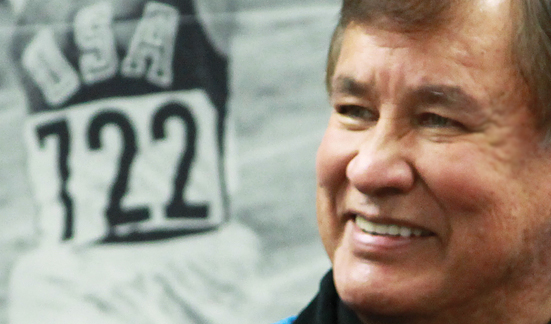
Vote To Nominate Personnel Security Consultants, Inc. for the Community Excellence Award
Indian Country Today Media Network Staff
Out of several thousand applicants for the Blue Ribbon Small Business Award, the U.S. Chamber of Commerce has bestowed the honor on Native American-owned security firm Personnel Security Consultants, Inc. (PSC) as one of 100 winners representing the best small businesses in America.
The award recognizes small firms with fewer than 250 employees and gross revenues of less than $20 million for its customer service, community involvement, staff training and motivation, a press release states. The award, sponsored by Sam’s Club, also recognizes business strategies and goals. PSC was the only Blue Ribbon winner in New Mexico and one of two Native American small businesses selected in the U.S.
“It’s exciting to know that a small business started in my home is being recognized alongside bigger businesses with dozens of employees,” PSC President & CEO Michele Justice (Navajo) said in the release. “It’s recognition for the hard work, determination and sacrifice. It’s assurance that we’re doing the right thing even through all the struggles. And it’s a big dream that we’ve really worked to make a reality.”
An investigative firm specializing in personnel security and employment suitability with a staff of 18, PSC serves more than 280 tribes and tribal programs, in addition the Bureau of Indian Affairs, Los Alamos National Laboratory, temp screening services and casinos.
The firm, created in 2004, focuses on personnel security training, adjudications and tailored employee background investigations. PSC continues to be the only authorized liaison between the BIA and the FBI to aid tribes in obtaining employee fingerprints for a FBI criminal history record search to meet the requirements of the 1990 Indian Child Protection and Violence Protection.
Blue Ribbon winners will be honored at America’s Small Business Summit 2013 on April 29 – May 1 in Washington, D.C. On Friday, February 15, the U.S. Chamber will announce seven award finalists. One of the seven will be named the DREAM BIG Small Business of the Year during the summit. The winner will be presented with a copy0,000 cash prize courtesy of the U.S. Chamber.
“The Blue Ribbon Award winners show that, even facing uncertainty and economic challenges, small businesses can grow and succeed,” U.S. Chamber president and CEO Thomas J. Donohue said in the press release. “They are America’s economic engine, driving growth and job creation all across this country.”
Blue Ribbon awardees are also eligible for the Community Excellence Award, an online contest that allows people to support their favorite Blue Ribbon winner and celebrate the business’ commitment to their community. The Community Excellence Award winner will receive a free, two-night hotel stay during the business summit. Deadline to vote is 5 p.m. EST February 22. To vote for PSC, go to https://dreambigaward.wufoo.com/forms/community-excellence-award-2013/.
Read more at http://indiancountrytodaymedianetwork.com/2013/02/15/native-owned-security-firm-makes-list-100-top-small-businesses-america-147692















